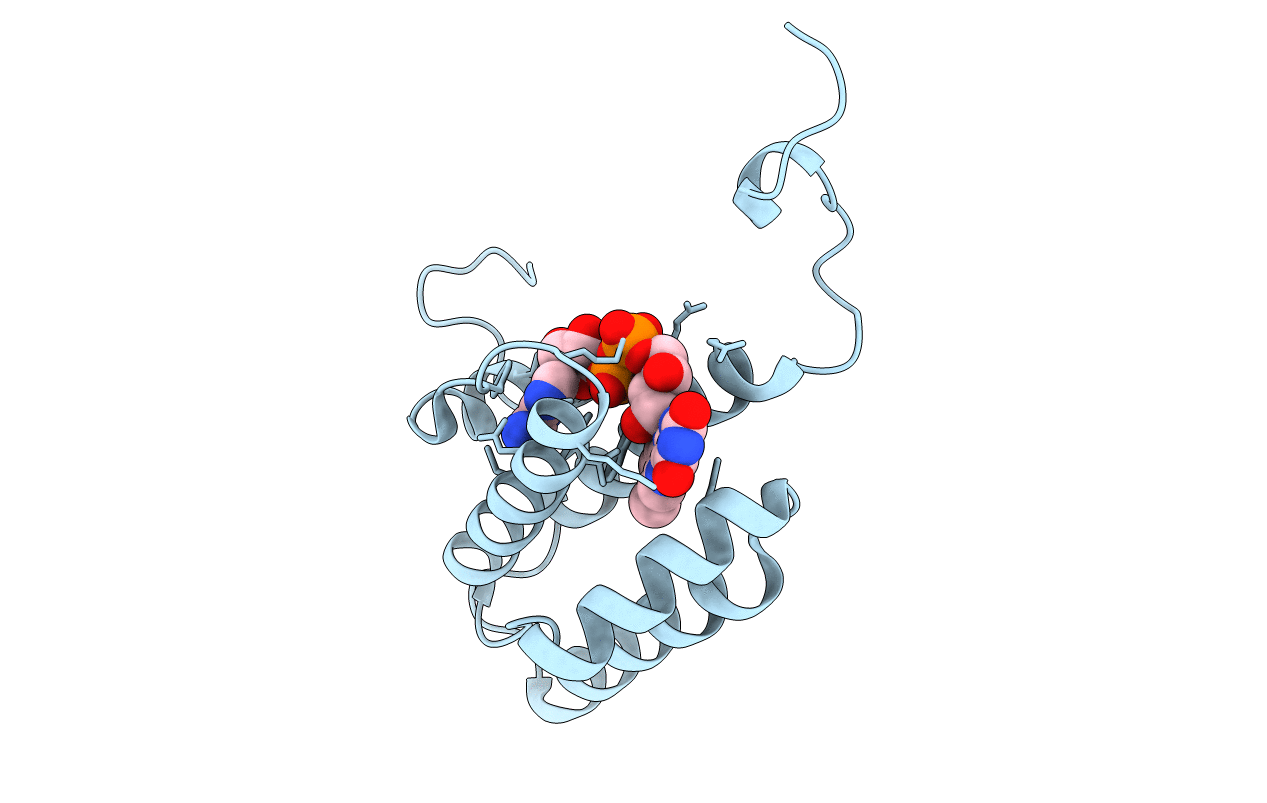
Deposition Date
2011-10-11
Release Date
2012-10-17
Last Version Date
2024-11-20
Entry Detail
PDB ID:
3U5S
Keywords:
Title:
Selenium Substituted Human Augmenter of Liver Regeneration
Biological Source:
Source Organism:
Homo sapiens (Taxon ID: 9606)
Host Organism:
Method Details:
Experimental Method:
Resolution:
1.50 Å
R-Value Free:
0.24
R-Value Work:
0.20
R-Value Observed:
0.20
Space Group:
C 2 2 21


